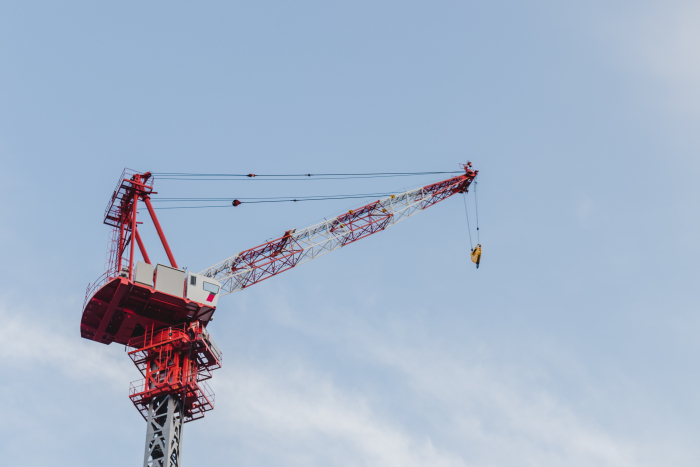Finch Consulting deliberates over their experience and knowledge of work at height in the construction industry. Part one looks at some statistics and why effective management of WAH is required in the Construction industry.
Posted
20.10.2023
Construction industry and construction work
Construction covers a wide remit of duty holders. Some operating within the pure construction industry, which is the main subject of this article, and other duty holders from a variety of other industry sectors who undertake maintenance and therefore construction work, not fully realising these construction activities fall under the construction industry activities. It is therefore important to explain the full extent of construction work to see how far-reaching the construction industry extends and the precautions that should be taken when working at height when undertaking any aspect of construction work to prevent serious personal injury.
Under the Construction (Design and Management) Regulations 2015 the definition of ‘construction work’ means the carrying out of any building, civil engineering or engineering construction work and includes—the construction, alteration, conversion, fitting out, commissioning, renovation, repair, upkeep, redecoration or other maintenance (including cleaning which involves the use of water or an abrasive at high pressure, or the use of corrosive or toxic substances), de-commissioning, demolition or dismantling of a structure.
Statistics of falls from height in the construction industry
The Health and Safety Executive 2022/23 statistics confirm that deaths within the construction industry are not reducing. Of the 135 workers killed in work related accidents in the UK during this 2022/2023, 40 of these alone were fatal injuries resulting from falls from height, some of which occurred in the construction industry.
Figure 1 Source: Health and Safety Executive Riddor Statistics Report 2022/2023 HSE web site
Forty-five of the total 135 deaths were within the Construction industry. This number of deaths in the Construction Industry increased by 55% in this period rising from 25 to 45 since the last reporting year. The most common types of fatal accidents to workers in the construction industry continues to be falls from height, followed by being struck by moving objects and struck by moving vehicles.
Age groups 35-44 and 45-54 were those with the highest number of deaths. Many of the deaths during working at height involve falls from ladders, scaffolds, working platforms, roof edges and through fragile roofs. Therefore, it is important that any duty holder considering working at height during construction works is fully aware of how to avoid such fatal accidents.
Why is effective management of working at height required within the Construction Industry?
Besides the legal requirements, effective management ensures that work at height which could mean work in any place where, if there were no precautions in place a person could fall a distance liable to cause serious personal injury. In construction especially considering activities such as maintenance, common causes of falls manifest themselves as falls from ladders and through fragile roofs, roof work is significantly dangerous as older building stock/structures often have no retrospective edge protection provided. Other less obvious falls from heights include:-
- Falls into low-level excavations or voids from ground level.
- Falls through unprotected apertures into the building under construction when constructing buildings working off scaffold platforms (safe on one side not the other).
- Falls into lift shafts during maintenance works and when constructing new structures.
A summary of the information provided in Schedule 1 of the Work at Height Regulations 2005 (WAHR) is detailed below:
Every existing place of work or means of access or egress at height shall—
- be stable and of sufficient strength.
- rest on a stable, strong surface
- have sufficient dimensions for the safe passage of persons, plant, and materials providing a safe working area.
- possess suitable and sufficient means for preventing a fall.
- possess a surface which has no gap through which a person could fall, or material/object could fall and injure a person or give rise to other injuries.
- be so constructed, used, and maintained in a condition to prevent as far as reasonably practicable slipping/tripping, catching a person between it and any structure and where it has moving parts be prevented by appropriate devices from moving inadvertently during work at height.
Therefore, there is a lot to consider in ensuring that working at height is undertaken safely and falls are prevented. Where this is not possible the consequence (severity) and the distance of a fall must be reduced.



